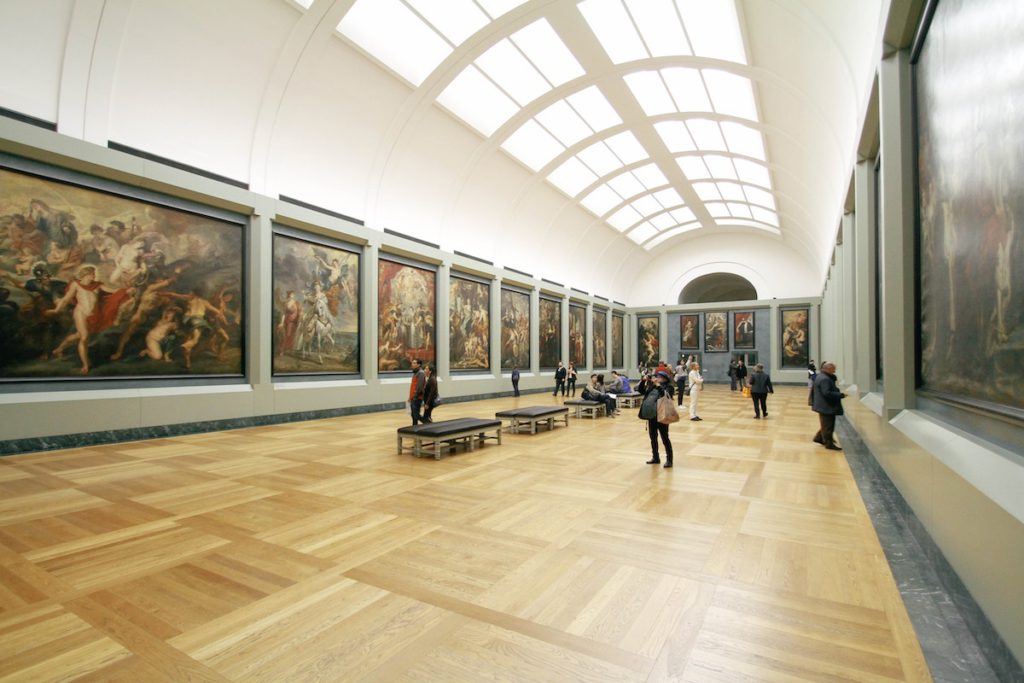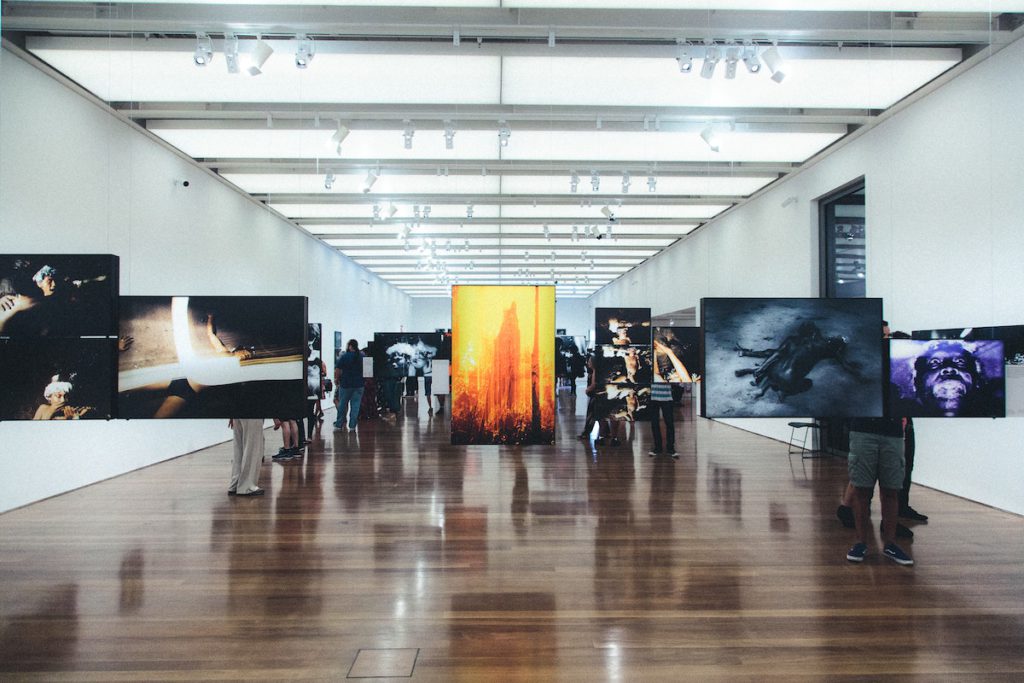Putting on an art show is an enormous endeavour and can feel all too easy to handle. It is just too much hard work, with lots of risks involved. Exhibiting artwork is a task that requires a great deal of care and effort. An exhibition must have a purpose, from selling a piece of art, introducing artists, or providing cultural access.
This can mean your exhibits also involve running workshops and talks, so the audience has an opportunity to engage with artists and works on show. If you organise a group show, you are developing relationships with artists, collectors, and galleries. Curating successful group exhibitions may lead to other things, like doing more curatorial work or getting a job at a gallery.
Curating group exhibits can be a lot of work but also highly rewarding, and it is an excellent way to get experience working in galleries. If you have never shown your work, getting involved with a group exhibition is a great way to learn the ropes, whether doing a solo show as a single artist or showing your work in a group.
One of the easiest ways to get your foot in the gallery door is by participating in a group art exhibit. The first thing you need to have in place when organising a group exhibit is a group of artists willing to loan their art services out to you for a long time. Setting up your art show is an excellent opportunity to raise your profile, work with other artists, and sell your artwork directly to collectors.

If your work has been selected for exhibition, you already have an artist’s website or an online portfolio of artwork. Do as much research on each artist that you include in any exhibit. If the artists you have included are a terrible fit for others or request that their works be taken down halfway through an exhibition, or miss the deadline for shipments that screwed up the delivery, etc.–that is your responsibility.
An important distinction is made between exhibitions in which some or all works are available for sale, usually at private art galleries and exhibitions in which none are. For example, pictures can be displayed at museums, art houses, clubs, private art galleries, or where the main business is not exhibiting or selling art, like coffee houses.
As a painter and curator, I have programmed and organised more than 30 art shows and events to date, including a few showing my art, so I have learned a fair amount about exhibiting art in galleries or spaces. I have had opportunities to exhibit my work in both solos and group shows locally and internationally. I continue to curate pieces at two gallery spaces in London, so I often handle lots of artwork and meet many artists.
An exhibit may collect ideas and indicate these, both inside the gallery and outside. However, instead of the gallery taking chances with a single artist’s collected works, it offers a place for a group of artists to create jobs around a shared theme. As a result, the audience is exposed to a broader range of works, and an artist is free to show in a gallery without completing a whole collection of pieces.
Retrospectives examine a single artist’s body of work; other common types are solo shows, solo shows, and group shows, or group shows). If you asked experienced artists at an Art Show in Coral Gables, you would learn that showing off their work gets them noticed and helps build an extensive network. You get to know something new from artists who are both famous and unknown, just as an art exhibit can.
You will get to know various types of people in an art exhibition, including curators, art historians, artists, and art critics. That is why curators, art historians, artists, and modern critics of the arts have always found art exhibitions to be a way of discussing and learning more about a specific art form. In an age where photo art is consumed mainly through digital media, with viewers spending just seconds on it, exhibits bring one’s work before a more thoughtful, appreciation-minded audience.
An exhibition display services are the best way to set up foundations for branding, self-understanding, raising funds, networking, future developments, community outreach, breaking ground, etc. It is an enormous achievement to exhibit your art at a gallery or an arts event. Having your best pieces displayed can attract potential buyers and other creative opportunities. Exhibitions are just one tool in an artist’s toolbox, just one format in which an artist’s work may go.
